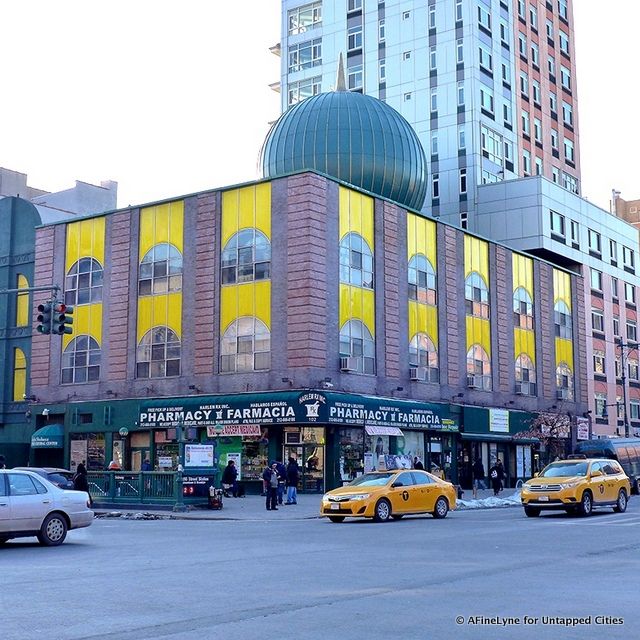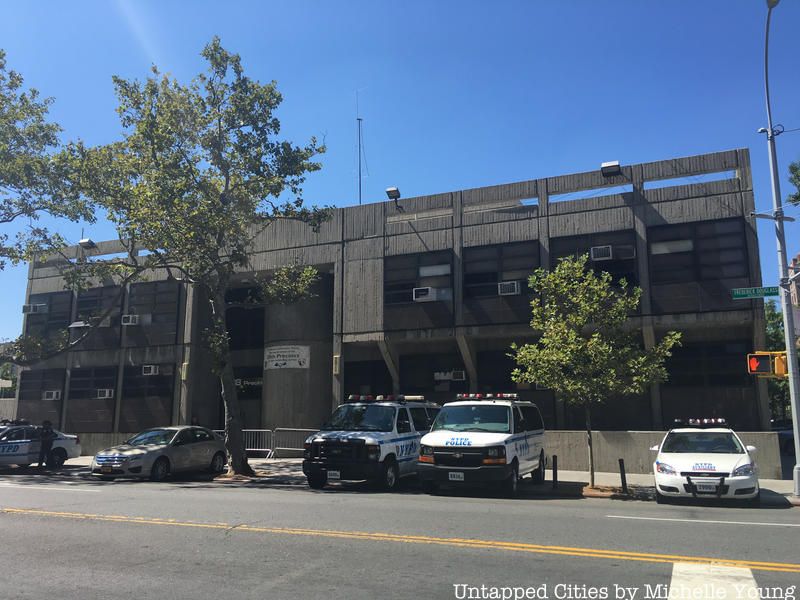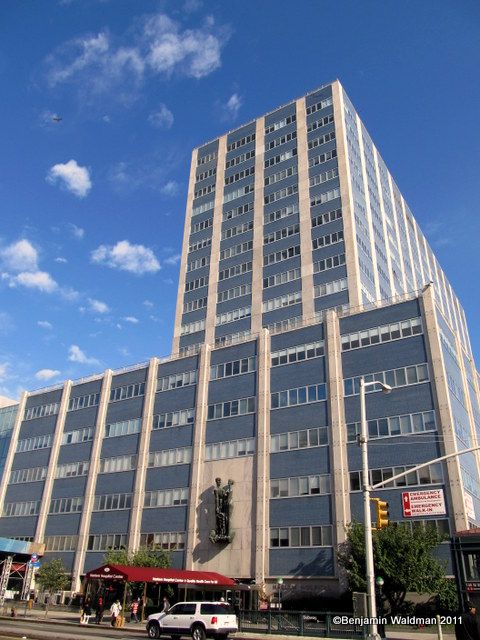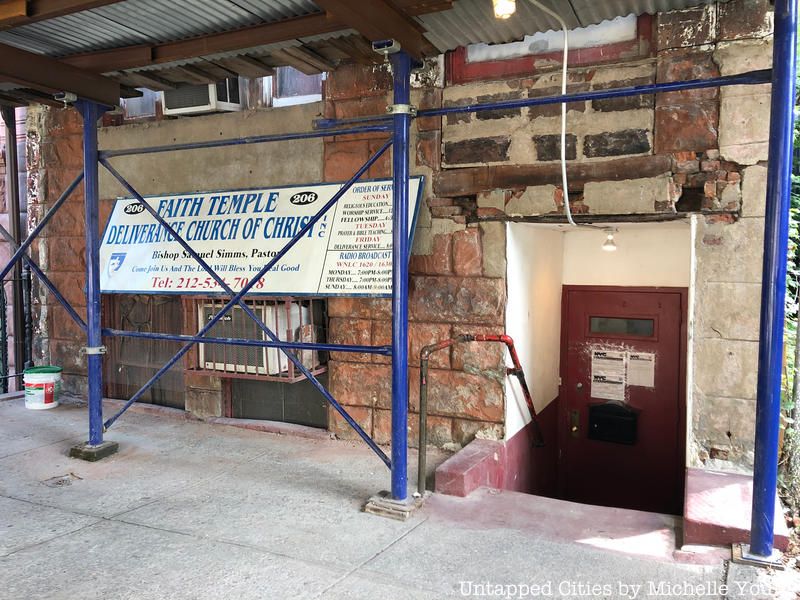NYC’s Forgotten ‘War on Christmas Trees’
Discover how an obscure holiday crackdown affects festive street vendors today!



Today is the anniversary of the assassination of Malcolm X, later known as El-Hajj Malik El-Shabazz. Malcolm X’s career was inextricably bound to New York City, the place that brought him fame and saw his demise on February 21, 1965. Here are 7 key spots in NYC that lead up to his assassination.

After joining the Nation of Islam, Malcolm X was sent to found chapters across the country, including Temple No. 7 in Harlem, which he opened in 1954. What was at first a small storefront operation quickly grew to thousands of followers.
The Temple No. 7 was moved to 102 West 116th Street. It was firebombed in 1965 after Shabazz’s assassination, and is now located on 127th Street.

In 1957, a large crowd from the Nation of Islam gathered to around the 28th Police Precinct in Harlem, threatening to riot after one of their members was denied medical attention following a police beating. Malcolm X defused the situation singlehandedly, leading one officer to remark, “No one man should have much power.”

In 1962, Harlem Hospital workers, who were largely black and Puerto Rican, went on strike for better wages and benefits. Malcolm X headlined a coalition of activists and politicians who supported the workers. The strike was successful, and the union, Local 1199, went on to organize many of New York City’s hospitals, and today is one of the most powerful unions in New York. Harlem Hospital is also where Martin Luther King Jr. was taken after he was stabbed in New York City.

In 1964, Malcolm X converted to Sunni Islam, changing his name to El-Hajj Malik El-Shabazz and performing Haaj. While in Mecca, Shabazz was struck by the absence of racial hierarchy under Islam, abandoning his black separatist position and splitting with the Nation of Islam. Back in New York, he founded a Sunni mosque, now called the Mosque of Islamic Brotherhood Inc., located on 113th Street and St. Nicholas Ave.

Shabazz was assassinated while giving a speech at the Audubon Ballroom in Washington Heights. The Nation of Islam has long been suspected of planning the assassination. Shabazz either en route to or at the Harlem Hospital, across the street.

It took three days for Shabazz’s friends to find a place of worship in Harlem willing to accommodate the funeral. Bishop Childs offered his church, the Faith Temple Church of God in Christ on 147th and Amsterdam Avenue. The funeral was held on February 27, and featured a tribute from Ossie Davis, who closed, “In honoring him, we honor the best in ourselves. And we will know him then for what he was and is – a Prince – our black shining Prince! – who didn’t hesitate to die, because he loved us so.”
The church is located in a former synagogue, one of the many that dotted Harlem from when it was the second largest Jewish community in the United States. You can still see the Star of David on the facade and on the doors today. Before the building was a synagogue even, it was a theater. Sadly, the building will soon face demolition to make way for a 10-story apartment building and new church on the site.

New York City permanently recognizes Malcolm X through a pair of Malcolm X Boulevards, one in Harlem, co-representing northern Sixth Avenue with NY Public Library benefactor James Lenox, and one in Bedford Stuyvesant. The Malcolm X Grassroots Movement has been deeply involved with Eric Garner protests. After years of neglect (and possible demolition), the Audubon Ballroom, located on 165th and Broadway, was restored as a dual purpose building for Columbia Medical School and the Shabazz Educational Center.
Next, check out 10 places to honor Martin Luther King, Jr. in NYC. You can check out more extensive tributes to Malcolm X at The Root and the Brian Lehrer Show, and you can learn more about New York City political history by visiting Janos.nyc.
Subscribe to our newsletter